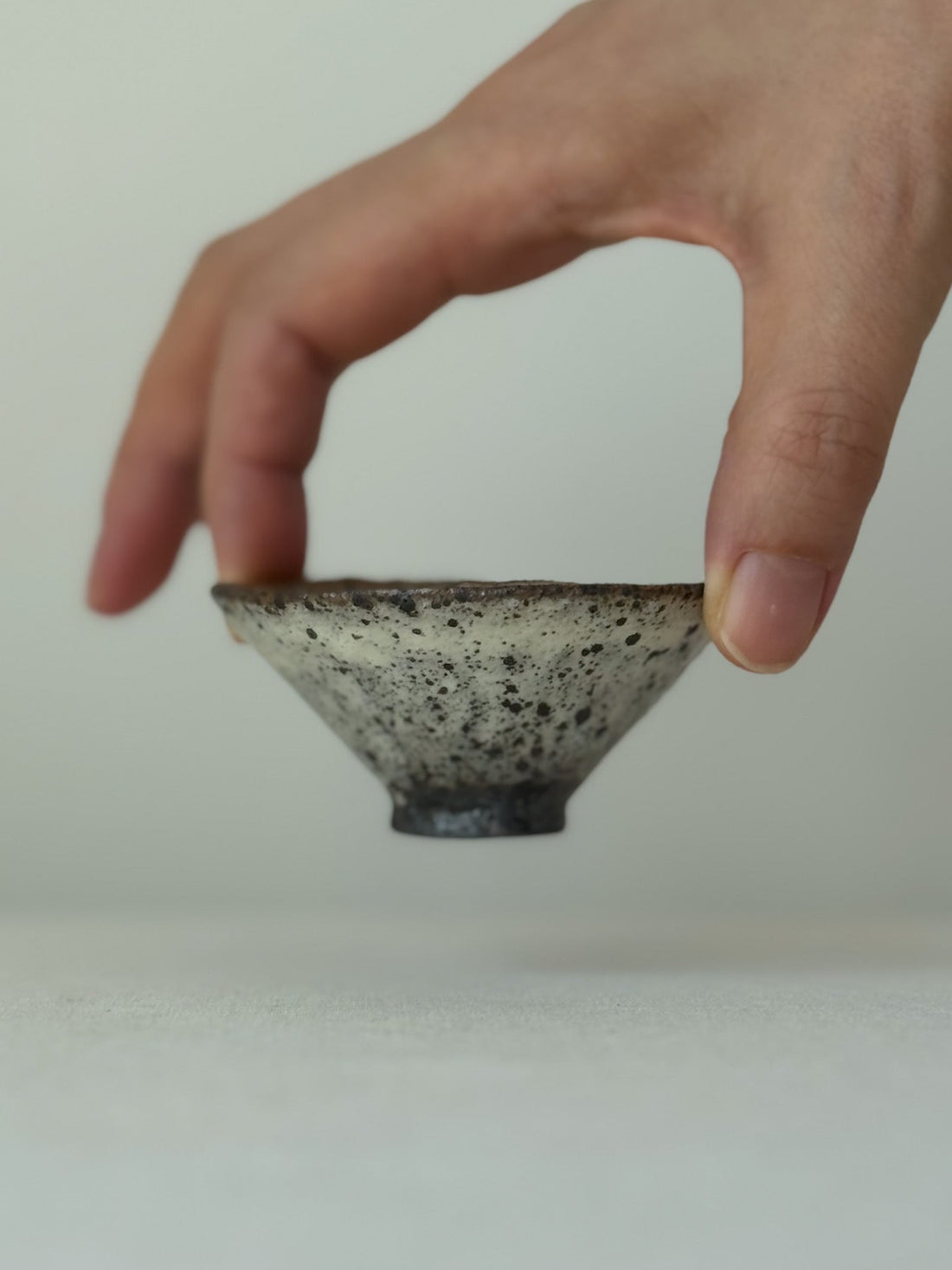
Quiet Strength of Clay
Jungwoo Kim and the Legacy of Kyeryongsan Buncheong
Jungwoo Kim, a contemporary Buncheong artist, takes pride in being born and raised in Gongju, Chungcheongnam-do, a region adjacent to Kyeryongsan Mountain—the birthplace of some of Korea’s oldest Buncheong ceramics. Following in the footsteps of his father, a potter, Kim continues this tradition by shaping Buncheong vessels with the very soil of Kyeryongsan.

Kyeryongsan, now preserved as a national park, is renowned for its striking landscape and deep historical significance. It is no coincidence that Buncheong ware—now recognized as a unique ceramic category across East Asia—was unearthed in this very place.


What makes Buncheong so distinctive is its departure from convention. Unlike white porcelain and celadon, which required refined and scarce clay, Buncheong was fired with earth taken directly from the Kyeryongsan region. Depending on the soil used, the textures and finishes varied widely, resulting in an extraordinary diversity of forms. Among its most celebrated features are iron-painted designs (cheolhwa)—motifs of fish, birds, and leaves drawn from nature itself.

Jungwoo Kim reinterprets these traditional iron paintings with a modern sensibility. In his Quiet Strength of Clay collection, instead of painting with iron pigment, he fuses iron directly into the clay body. Beneath the thick slip of pale Buncheong, the raw iron erupts through the surface like molten lava—an expression both intense and uncontainable. It feels like gazing at desire, passion, and willpower that cannot be hidden, no matter how deeply covered.

The act of drinking tea, at its essence, is a ritual of facing oneself with honesty. These vessels, raw and unembellished, embody that truth. They challenge us to reconsider our assumptions about beauty, refinement, and ritual—reminding us that in the end, what matters is the essence.
